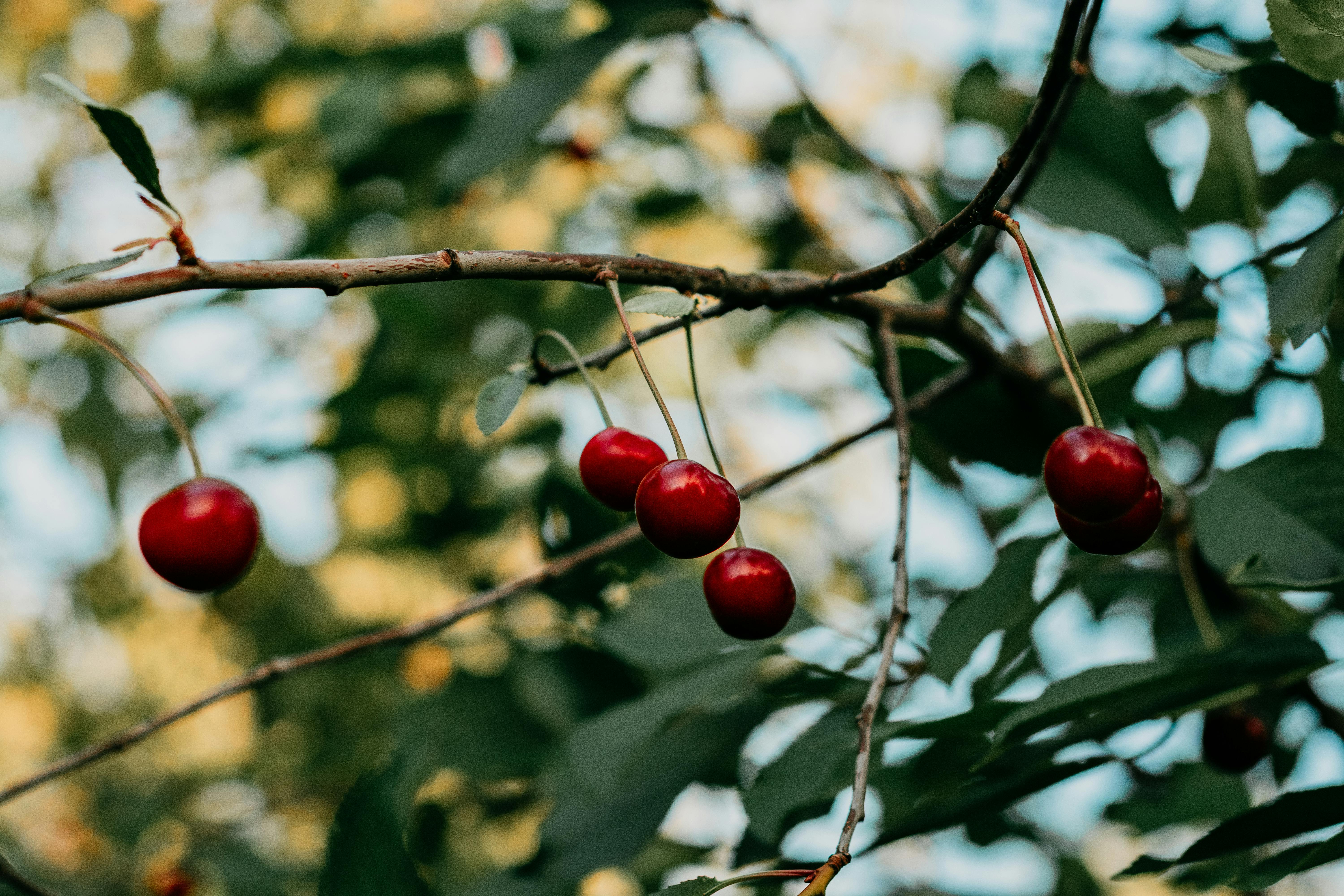The cherry is the main protagonist of Chilean fruit growing. For this reason, it is essential to understand the fruit's behavior in the Chinese market, its primary destination.
Portal Frutícola spoke with Julio Ruiz-Tagle, head of Asia and the Americas at D-Quality Survey, who highlighted that in recent days, the market for Chilean cherries in China has shown a dynamic behavior, influenced by both the consistent volume of arrivals and the climatic conditions as well as the characteristics of the available fruit.
He explained that in the Guangzhou market, daily volumes ranged between 130 and 190 pallets, while Shanghai received larger volumes, between 140 and 400 pallets per day.
“This allowed for a broad supply in both key markets,” he stated.
When asked about the purchase process in these markets, he commented that buying activity was moderate, with approximately 40-60% of the stock sold daily.
“Smaller cherries of good quality led sales, while larger sizes and medium-quality fruit are facing greater difficulties in being marketed.”
Trends in Chilean cherries
When asked about price trends, Ruiz-Tagle explained that they have remained relatively stable for high-quality, small-sized cherries, especially for the Santina and Royal Dawn varieties.
It is worth noting that the current predominant varieties are Santina, Royal Dawn, and Rainier, “with Santina leading in terms of volume and sales performance, while Rainier appears in smaller proportions and with less impact on prices.”
 Image 1: Harvesting Rainier cherries.
Image 1: Harvesting Rainier cherries.
He added that “however, the pressure to clear stocks has led to downward adjustments, especially for medium or low-quality and large-sized fruit.”
In this regard, he explained that in Guangzhou, discounts of 10-30 RMB have been observed to encourage sales, “while in Shanghai, lower-quality cherries required more aggressive pricing and distribution to move the fruit.”
He noted that on sunny days, purchasing activity tends to be smoother, while on rainy days, “customer traffic decreases, and prices drop more quickly to avoid stock accumulation.”
Another aspect analyzed by the head of Asia and the Americas at D-Quality Survey aligns with premium and renowned brands, which continue to stand out in sales and achieve higher prices.
He emphasized that the cherry market in China is experiencing marked segmentation, with high-quality, small-format cherries leading sales and maintaining stable prices, while lower-quality and larger-sized cherries face greater pressure.
“The broad supply and steady pace of arrivals suggest that prices will continue to be a key factor in maintaining rotation in the coming weeks.”
Quality of Chilean cherries
Ruiz-Tagle continued by stating that Santina has shown good quality and that J and 2J calibers have performed well, with stable prices.
He emphasized that high-quality varieties maintain their appeal in the market, while larger calibers and medium-low-quality fruit encounter difficulties in sales, even with discounts.
“In general, around 40-60% of the daily stock is sold in the key markets of Shanghai and Guangzhou,” he stated.
When asked about Brix levels, he responded that it is assumed that the cherries being marketed meet international export standards, “with Brix levels of at least 16-20, as is normal for these varieties.”
 Image 2: Containers of Chilean cherries in China.
Image 2: Containers of Chilean cherries in China.
Cherry commercialization
An important point of analysis concerns the sales channels. In this regard, Ruiz-Tagle explained that the primary purchase channels are wholesale distributors and secondary distributors.
These are complemented by sales through e-commerce and platforms such as Douyin, which also play a critical role in the distribution of cherries, especially during promotional periods such as the recently concluded “Double 11.”
He added that retail sales channels mainly purchase for routine orders, while secondary distributors and e-commerce platforms buy fresh, high-quality cherries.
He also explained that cherries are primarily marketed in 2IN1 and 2.5KG formats.
“Smaller boxes are more manageable and have better rotation in the market. Larger formats face challenges unless they are offered at a discount.”
Projection
Julio Ruiz-Tagle stated that volumes are expected to continue increasing in the coming weeks, “with over 230 pallets per day expected in some markets and the anticipated arrival of the first ships (Montevideo Express for Guangzhou and CSCL Express for Shanghai).”
With the arrival of the first ships, he indicated that air shipments would cease, “because it is no longer worthwhile to ship by air due to the costs and the prices that will now align with maritime shipments.”
He then added that “this could exert further downward pressure on prices, especially for large calibers and medium-quality fruit. High-quality cherries and smaller presentations will likely maintain better margins.”
“Demand will largely depend on the ability of channels to move existing stock and the arrival of additional holidays or promotions.”
He concluded by saying that the season has not been positive for exporters who shipped fruit by air, as “compared to the previous year, fruit prices are lower. In my opinion, the main factor is the volume, as we did not have such high volumes in previous years.”
Source: Portal Frutícola
Images: Good Fruit Grower; Oscar Loyola
Cherry Times - All rights reserved














